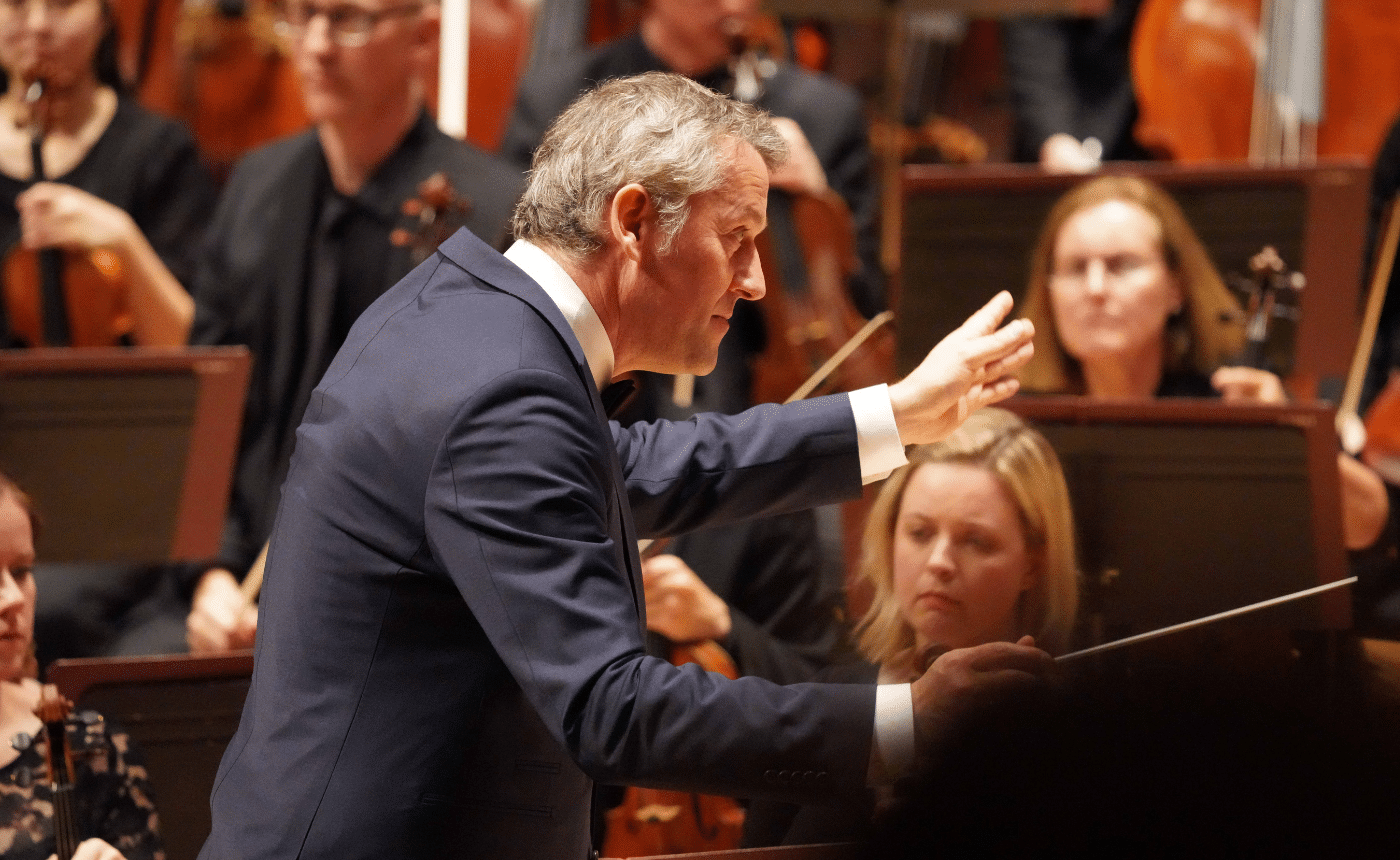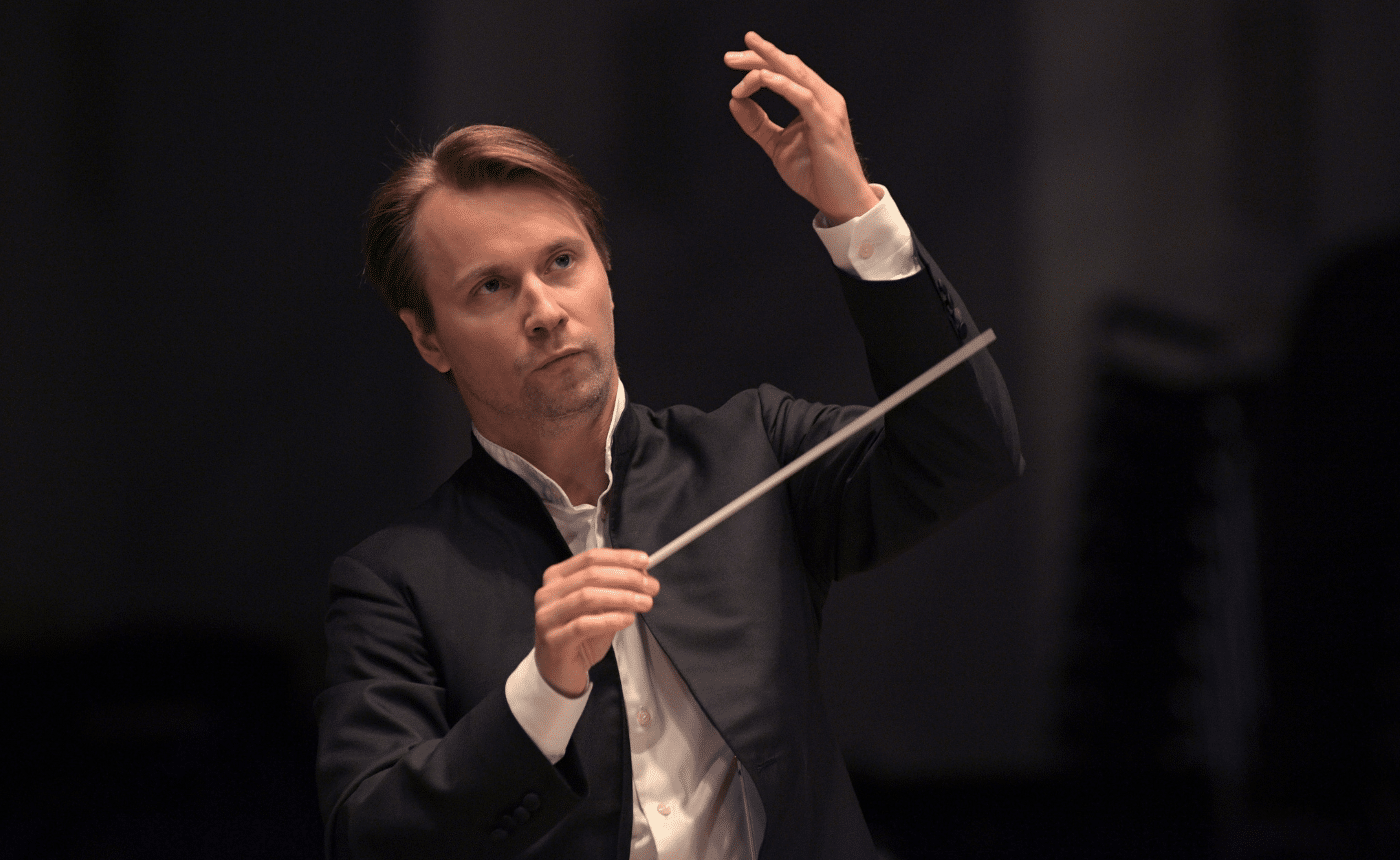Liszt – Mephisto Waltz No. 1 “Der Tanz in der Dorfshenke” (The Dance in the Village Inn)
Written by Jeff Counts
Instrumentation: 3 flutes (3rd doubles piccolo), 2 oboes, 2 clarinets, 2 bassoons, 4 horns, 2 trumpets, 3 trombones, tuba, timpani, triangle, cymbals, suspended cymbal, harp, strings
Duration: 11 minutes.
THE COMPOSER – FRANZ LISZT (1811-1886) – Liszt, in 1859, was a sad and frustrated man. He lost his son Daniel that December. His time as Kapellmeister in the court of the Grand Duke of Weimar was plagued by “jealousies” and “ineptitudes.” And his beloved Carolyne was still struggling bitterly to get an annulment of her marriage to Prince Nicholas of Russia. It is little wonder that his will dates from this period (1860).
THE MUSIC – Though Liszt wrote four Mephisto Waltzes during his life, it is the first of them that remains the most popular of the set and possibly the most beloved work of his entire catalogue. So greatly does the popularity of this waltz outshine the other three that the designation of “No. 1” has become nearly irrelevant for today’s concertgoers. The Mephistopheles character that inspired the waltzes (as well as his earlier, similarly-influenced Piano Sonata and epic Symphony) came not from Goethe’s Faust but another version of the legend by the Austrian poet Nikolaus Lenau. Liszt originally conceived Mephisto Waltz No. 1 as the latter part of his two movement Episodes from Lenau’s “Faust.” The Nocturnal Procession (1st movement) is now rarely played but the famous waltz enjoys its everlasting life in three versions: orchestral, piano duet and piano solo. The story implied by the subtitle involves Mephistopheles and Faust coming upon a wedding celebration already in progress. Mephistopheles talks Faust into taking part in the festivities and while Mephistopheles entrances the townspeople with his fiddle playing, Faust begins to dance with one of the village beauties. Their amorous waltz spins them right out of the room, out of town and off into the forest while the sounds of the fiddle fade away. Liszt composed two endings for the piece, one which mirrors the above story faithfully and another, more common option that builds to a boisterous climax.
THE WORLD – Charles Dickens published A Tale of Two Cities in 1859. Also in that year, the chimes of Big Ben sounded for the first time, Abolitionist John Brown launched his raid on Harpers Ferry and Gounod premiered his operatic version of the Faust story.











